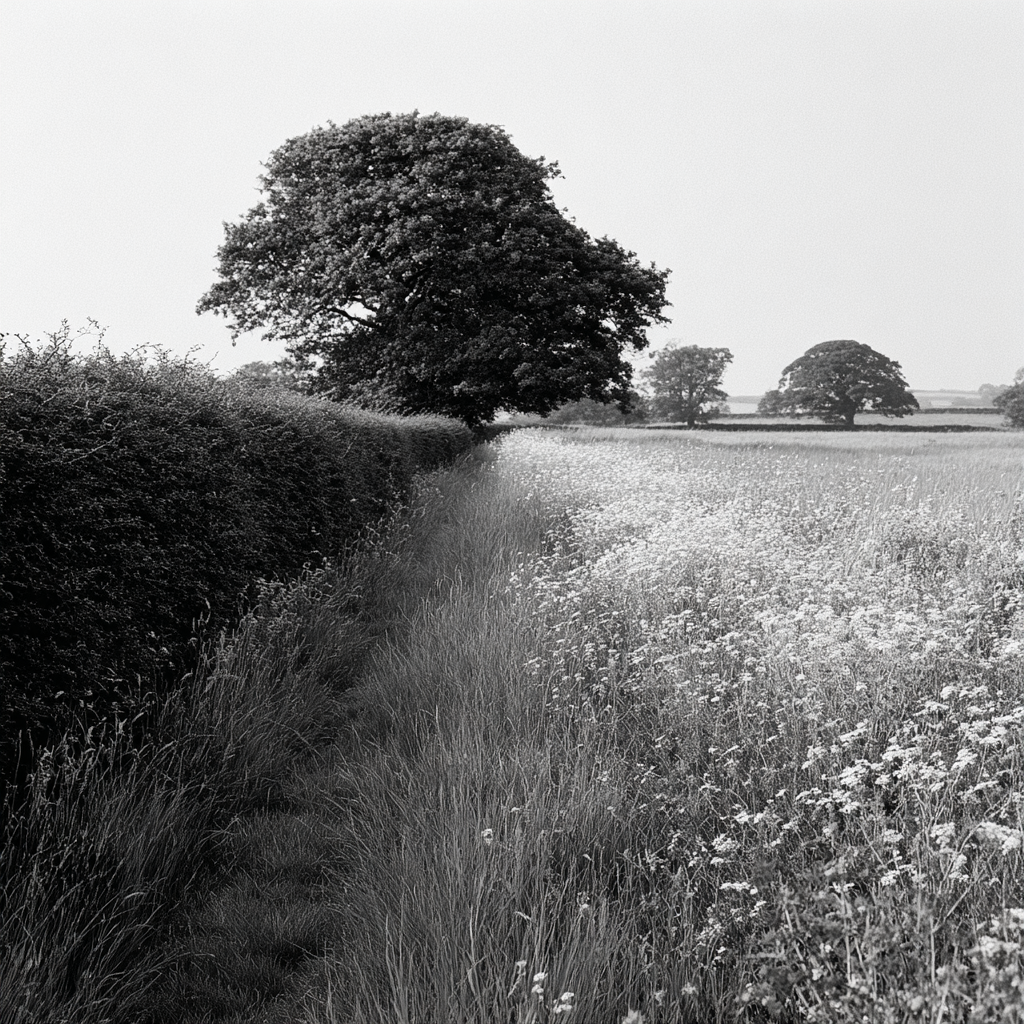Hedging our Careers...

In investing, one of the standout strategies of recent years has been Harry Browne’s so-called “permanent portfolio”, an eccentric 25/25/25/25 split between stocks, bonds, gold and cash. It runs against orthodoxy, ignoring theories of weighted allocations or maximising expected returns. Yet, as The Economist recently reported, this simple structure has often outperformed the classic 60/40 mix. Its strength lies not in precision but in resilience: whatever the economic weather — expansion, inflation, recession, or deflation — at least one part of the portfolio is designed to thrive. The lesson is counterintuitive but powerful: durability in volatile markets doesn’t come from clever optimisation, but from balance, diversification, and the discipline to hold assets that look unproductive until the moment they are indispensable
Out walking before Storm Amy came to visit us, I walked alongside a hedge with standard crops on one side of it in neat rows, well presented, but on the other, a field that had been left and was largely wildflowers. I found myself wondering whether we could hedge our careers in a similar way and what that would entail.
Charles Handy’s work reframed careers and organisations for a world of constant change. He argued that the old single-ladder career was giving way to the portfolio career, where individuals balance different roles, professional, freelance, voluntary, creative, like investments. His Shamrock model described organisations as three overlapping “leaves”: core professionals, contract specialists, and flexible workers. Most importantly, his idea of the Second Curve warned that success peaks and then declines; to stay relevant, you must start building the next curve before the first runs out of momentum. Taken together, his thinking offers a language of diversification, balance, and renewal, a way to navigate uncertainty by designing careers with breadth and resilience rather than relying on a single bet.
Similarly, Kenneth Mikkelsen’s Neo-Generalist introduces the idea of mode-shifting: sliding between specialist depth and generalist breadth. This is not an either/or choice but a dynamic balance. Careers thrive when individuals cultivate ‘spikes’ of expertise while also developing ‘swirls’ of breadth that connect and contextualise.
I thought they align well with Harry Browne’s permanent portfolio. They add the principle of resilience: balancing allocations so something always prospers in shifting climates. So I scribbled an idea in my notebook:
Expertise as "Stocks": specialist spikes; deepen scarce skills, publish thinking, build credibility. Networks as "Bonds": breadth-driven; use generalist swirls to connect disciplines and geographies. Exploration as "Gold": hybrid edge work; run experiments that fuse your spike with your swirl, and our Reserves as"Cash": flexibility to retrain, pivot between specialist and generalist modes, or invest in second-curve opportunities
Our organisations may be getting into a frenzy about how to replace people with AI, but the technology cuts both ways, as I am learning. Used intelligently, in groups, AI can help us move faster and more creatively than the organisations we work for.
It's another idea for a project.
What are yours. Let your imagination out to play, and send me yours before the end of October.
Comments ()